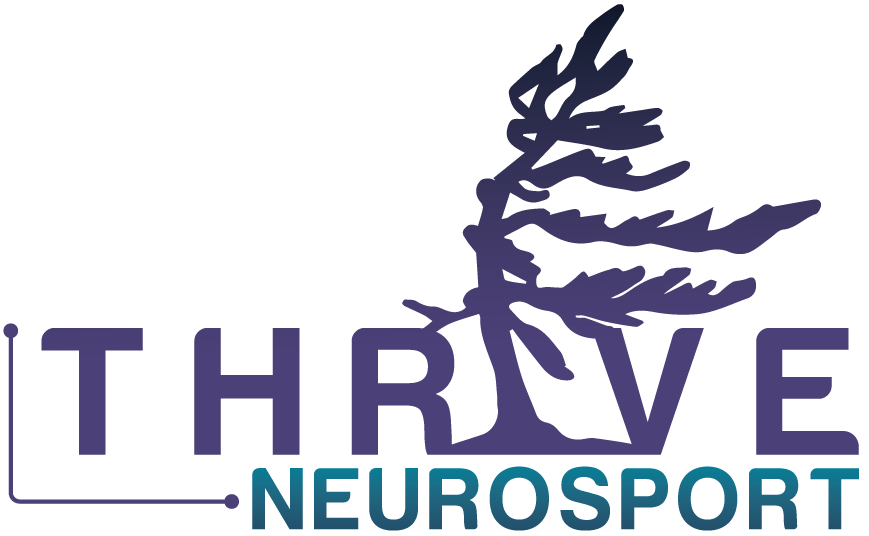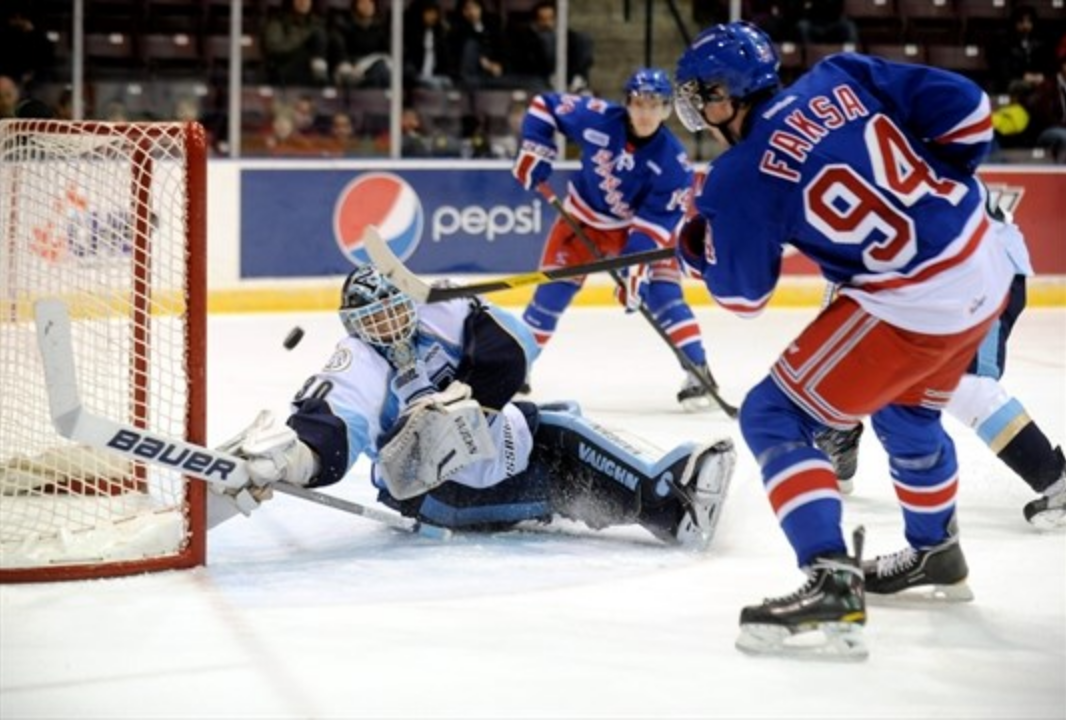Johanna Hurtubise, PhD, CAT(C)
Department of Kinesiology and Applied Health, University of Winnipeg
Movements are an important aspect of your daily life and are often done without even thinking about it, for example when you reach out to grab your cup of coffee. These types of movements, where you look at what you are reaching towards are called standard or direct movements. From a neurological perspective, controlling these types movements is actually very complex, and requires many different regions of your brain working together seamlessly. Additionally, your daily life often requires you to perform more complex movements, such as driving a car, using a computer, or playing a sport. These movements are considered non-standard, and require cognitive rules in order to complete them, thus are often referred to as requiring cognitive-motor integration (or thinking and moving at the same time). For example, if you are typically a PC computer user and you ask to borrow your friend’s MAC laptop, you quickly realize that you need to slide your fingers along the mouse pad in the opposite direction than what you are used to in order to move the screen up or down. Now you need to think about the movements you are making (and may end in frustration)! When compared to the standard movements, these more complex movements require even more brain regions to be involved. My research is focused on these movements which require cognitive-motor integration. Specifically, I looked at how a concussion may affect an athlete’s ability to perform these types of movements, which are important for sport performance. Currently, the standard assessment tool used after you sustain a concussion includes very little testing on motor control, and if completed looks only at the standard types of movements (such as simple reaction time). I believe that by assessing movements requiring cognitive-motor integration, we may better be able to assess brain function following injury, allowing us to make a better clinical decision as to if an athlete is ready to return to contact sport.
One of my previous studies1 investigated how a history of concussion affected motor control performance (both standard movements and non-standard movements) in NHL draft prospects. These elite level athletes were all symptom-free, and were cleared (based on current standards) to compete in their sport. When testing standard movements, we found no differences in those who had previously sustained a concussion and those who had sustained a concussion in the past. However, when looking at movements requiring cognitive-motor integration, those who had a previous concussion had a significantly slower reaction time compared to their teammates without history of concussion. From these findings we suggest that perhaps more complex testing, such as cognitive-motor integration, is needed in order to determine if these athletes are ready to return to sport. Even a small decrease in reaction time can put an athlete at risk for sustaining a second concussion in such a fast-paced, contact sport.
My colleagues also conducted this study with both university-aged athletes2, and youth and children athletes3. All groups had the same findings, in that standard movements were not different between those with a previous concussion and healthy (non-concussed) controls, but those with a history of concussion performed worse on movements requiring cognitive-motor integration. Additionally, it was found that children had the greatest difference when compared to their peers, then the university aged athletes, and finally the elite (NHL) level athletes had the smallest difference between those with and without a history of concussion. We suspect that this may be due to the level of experience these athletes have. We know that when learning a motor skill, novice athletes need greater brain activation compared to expert performers. As we practice and learn a skill – it eventually becomes automatic for us, and thus requires less “brain power” to do it. Therefore, the elite athlete may have more of a “reserve” left over in order to complete the motor tasks correctly. For example, let’s say a very novice hockey player such as myself is attempting to skate and complete a slap shot (I am horrible at ice hockey!), this may require me to be using 80% of my brains network connections in order to complete these tasks properly. While an elite level athlete may be able to do this using only 30% of their brain. Let’s say we both sustain a concussion, which requires both of our brains to now work 50% harder in order to complete the task. Me, as the novice athlete, is now functioning at over 100% — I might not be able to complete the task, I may have an increase in symptoms, and I may be removed from the game. However, the elite athlete, while still working 50% harder, is only at 80%. Thus, they can still complete the skill adequately, without symptoms, and continues to participate in sport. Thus, my research findings suggest that more complex motor skill testing is needed for elite athletes in order to ensure we are returning them to sport safely. However, more research is needed in order to investigate these differences in more depth.
In the end, concussions are multifaceted, and affect many brain areas. Motor control is an important aspect of your daily life, but also in sport performance. If you sustain a concussion, it is important to ensure your ability to perform these movements is recovered prior to returning to contact sport. Objective assessment techniques are currently being developed, but in the meantime, make sure to challenge your motor control system by adding in extra skill-based practices prior to returning to contact!
ARTICLE REFERENCES:
- Hurtubise JM, Gorbet DJ, Hamandi Y, Macpherson A, Sergio LE. The effect of concussion history on cognitive-motor integration in elite hockey players. Concussion. 2016. 1(3). https://www.futuremedicine.com/doi/full/10.2217/cnc-2016-0006
- Brown JA, Dalecki M, Hughes C, Macpherson AK, Sergio LE. Cognitive-motor integration deficits in young adult athletes following concussion. BMC Sports Science, Medicine and Rehabilitation. 7:25.
- Dalecki M, Albines D, Macpherson AK, Sergio LE. Prolonged cognitive-motor impairments in children and adolescents with a history of concussion. 2016. 1(3).


